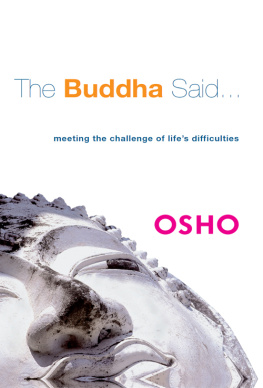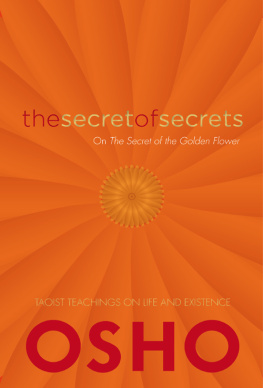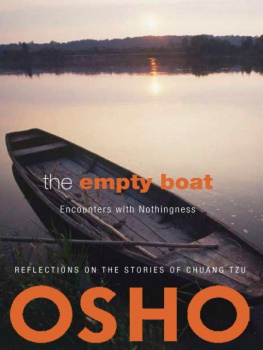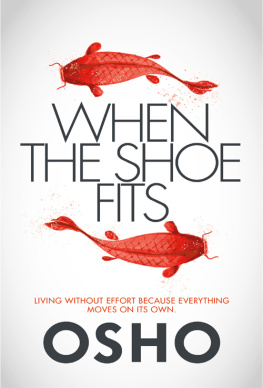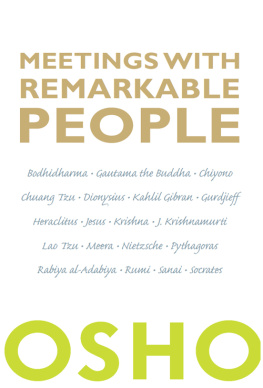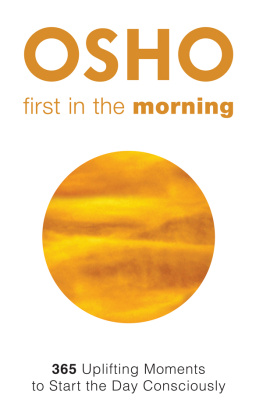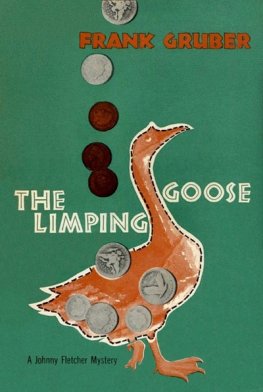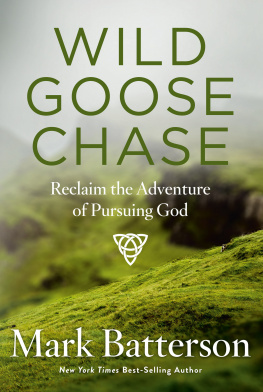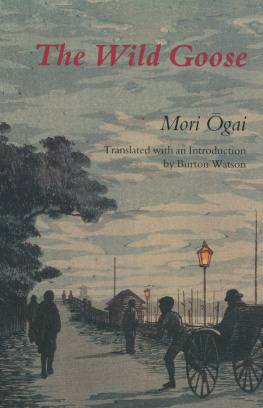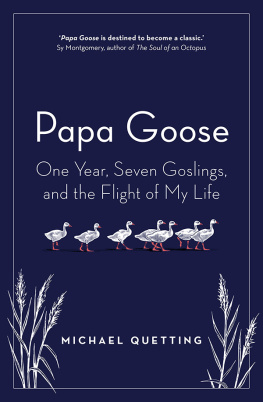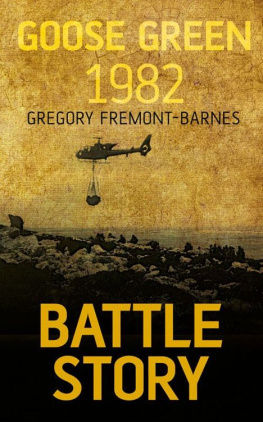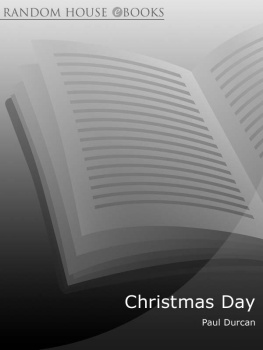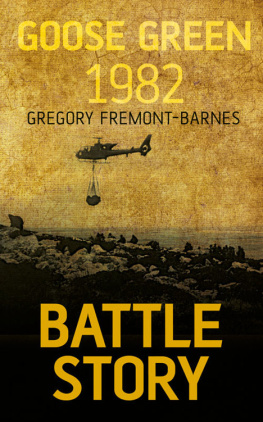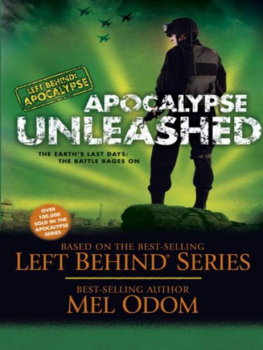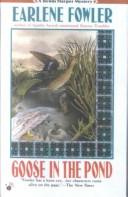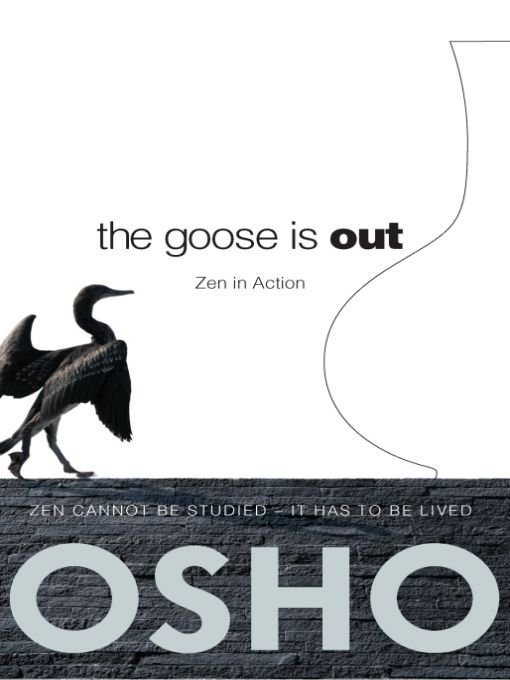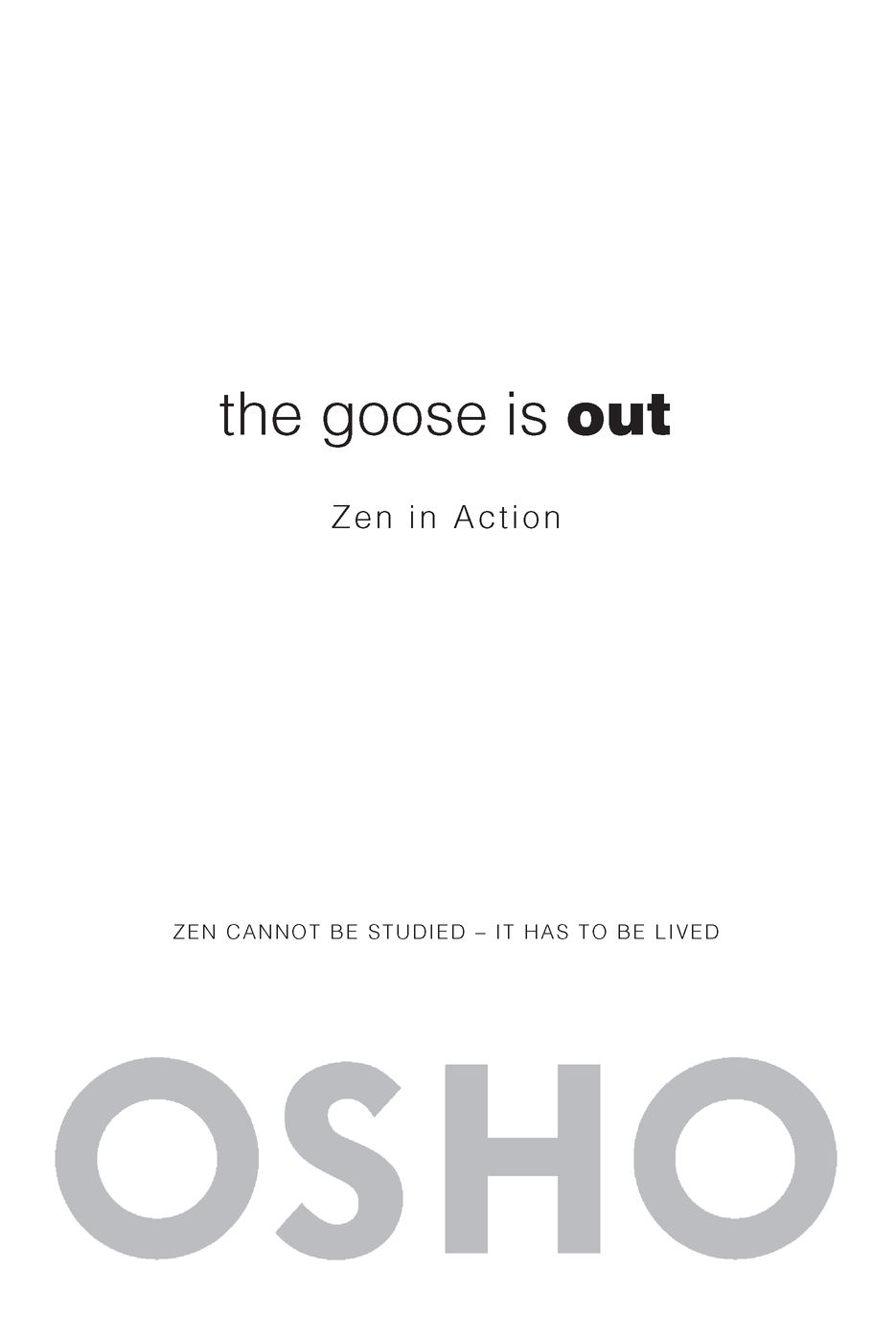Table of Contents
Extemporaneous talks given by Osho at the OSHO International Meditation Resort, Pune, India
Preface
Love.
That which is never lost cannot be found,
and to search for it is absurd.
But the moment this absurdity is understood
all seeking stops by itself
and that which is never lost is found!
That is why I say:
Seek and you will not find,
because the very seeking is the barrier.
The search itself is the hindrance
because it creates the seeker, the ego,
the illusion that I am.
And I am not.
Do not seek and you will find it:
the I-am-not-ness.
This nothingness is the gate.
The Gateless gate.
Riko once asked Nansen
to explain to him the old problem of the goose
in the bottle.
If a man puts a gosling into the bottle, he said,
and feeds the gosling through the bottles neck
until it grows and grows and becomes a goose
and then there is simply no more room inside the bottle,
how can the man get it out without killing the goose
or breaking the bottle?
RIKO! shouted Nansen, and gave a great clap
with his hands.
Yes master! said Riko with a start.
See! said Nansen.
The goose is out!
Osho
A letter from A Cup of Tea
CHAPTER 1
the goose is out
The first question:
Osho,
Is the goose really out?
The goose has never been in; the goose has always been out. It is a Zen koan. First you have to understand the meaning of Zen and the meaning of a koan.
Zen is not a religion, not a dogma, not a creed. Zen is not even a quest, an inquiry; it is non-philosophical. Fundamental to the Zen approach is that all is as it should be, nothing is missing. This very moment everything is perfect. The goal is not somewhere else it is here, it is now. Tomorrow doesnt exist. This very moment is the only reality. Hence, in Zen there is no distinction between methods and goals, between means and goals.
All the philosophies of the world and all the religions of the world create duality. However they may go on talking about non-duality, they create a split personality in man. That has been the greatest calamity that has befallen humanity: all the do-gooders have created a schizophrenic man. When you divide reality into means and goals you divide man himself, because for man, man is the closest reality to man. His consciousness becomes split. He lives here, but not really; he is always somewhere else. He is always searching, always inquiring; never living, never being, always doing; getting richer, getting powerful, getting spiritual, getting holier, saintly always more and more. And this constant hankering for more creates his tense, anguished state. Meanwhile he is missing all that is made available by existence. He is interested in the far away and godliness is close by. Mans eyes are focused on the stars and godliness is within him. Hence the most fundamental thing to understand about Zen is: the goose has never been in. Let me tell you the story of how this koan started:
A great philosophical official, Riko, once asked the strange Zen master, Nansen, to explain to him the old koan of the goose in the bottle.
If a man puts a gosling into a bottle, said Riko, and feeds him until he is full-grown, how can the man get the goose out without killing it or breaking the bottle?
Nansen gave a great clap with his hands and shouted, Riko!
Yes, Master, said the official with a start.
See! said Nansen, the goose is out!
It is only a question of seeing, it is only a question of becoming alert, awake, it is only a question of waking up. The goose is in the bottle if you are in a dream; the goose has never been in the bottle if you are awake. In the dream there is no way to take the goose out of the bottle. Either the goose will die or the bottle will have to be broken. Both alternatives are not allowed: neither has the bottle to be broken nor has the goose to be killed. Now, a fully-grown goose in a small bottle How can you take it out? This is called a koan.
A koan is not an ordinary puzzle; it is not a puzzle because it cannot be solved. A puzzle is that which has a possibility of being solved; you just have to look for the right answer. You will find it it only needs intelligence to find the answer to the puzzle, but a puzzle is not really insoluble.
A koan is insoluble, you cannot solve it, you can only dissolve it. And the way to dissolve it is to change the very plane of your being from dreaming to wakefulness. In the dream the goose is in the bottle and there is no way to bring it out of the bottle without breaking the bottle or killing the goose in the dream. Hence, as far as the dream is concerned the puzzle is impossible; nothing can be done about it.
But there is a way out which has nothing to do with the puzzle, remember. You have to wake up. That has nothing to do with the bottle and nothing to do with the goose either. You have to wake up. It has something to do with you. Thats why Nansen did not answer the question.
Riko asked, If a man puts a gosling into a bottle and feeds him until he is full-grown, how can the man get the goose out without killing it or breaking the bottle?
Nansen didnt answer. On the other hand, he gave a great clap with his hands and shouted, Riko!
Now, this is not an answer to the question this has nothing to do with the question at all it is irrelevant, inconsistent. But it solves it; in fact, it dissolves it. The moment he shouted, Riko! the official with a start said, Yes, Master, and the whole plane of his being is transformed by a simple strategy.
A master is not a teacher; he does not teach you, he simply devises methods to wake you up. That clap is a method, that clap simply brought Riko into the present. And it was so unexpected When you are asking such a spiritual koan you dont expect the master to answer you with a loud clap and then shout, Riko!
Suddenly he is brought from the past, from the future. Suddenly for a moment he forgets the whole problem. Where is the bottle and where is the goose? There is only the master, in a strange posture, clapping and shouting for Riko.
Suddenly the whole problem is dropped. He has slipped out of the problem without even knowing that he slipped out of it. He has slipped out of the problem as a snake slips out of its old skin. For a moment time has stopped. For a moment the clock has stopped. For a moment the mind has stopped. For a moment there is nothing. The master, the sound of the clap, and a sudden awakening. In that very moment the master says, See! See, the goose is out! It is dissolved.
A koan can only be dissolved but can never be solved. A puzzle can never be dissolved but can be solved. So remember, a koan is not a puzzle.
But when people who are accustomed to continuous thinking, logical reasoning, start studying Zen, they take a false step from the very beginning. Zen cannot be studied; it has to be lived, it has to be imbibed imbibed from a living master. It is a transmission beyond words, a transmission of the lamp. The lamp is invisible.
Now, anybody watching this whole situation Riko asking a question, the master clapping and shouting would not have found anything very spiritual in it, would not have found any great philosophy, may have become very frustrated. But something transpired, something which is not visible and can never be visible.


